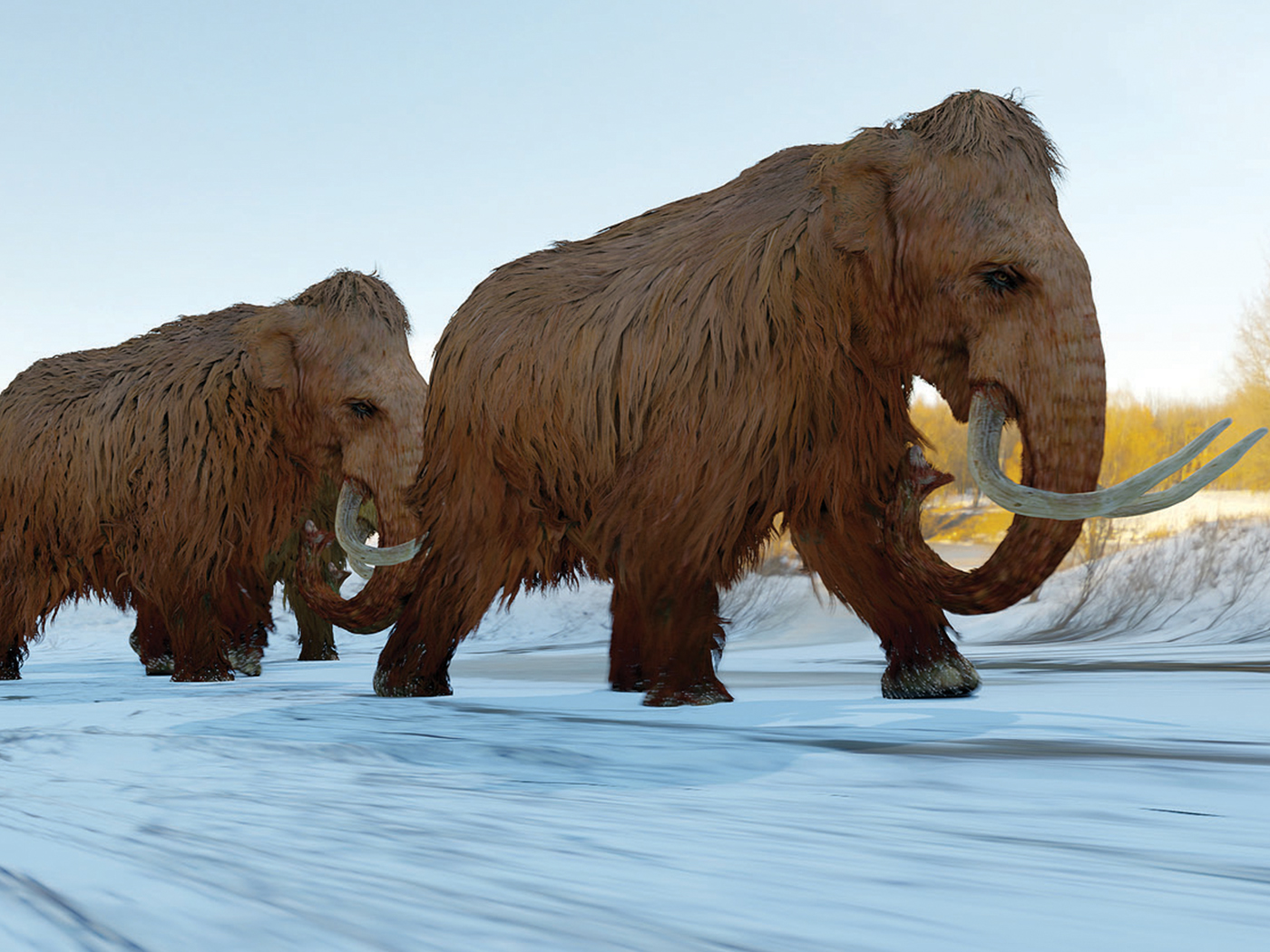The report could not give a definitive answer because it is remarkably hard to gather good quality data. The studies take time to complete, and there are disagreements in the scientific community over critical details. Important questions that need to be answered are: Can the virus be spread through the air? If so, how far can the virus particles travel? How long do virus particles remain infectious after leaving an infected person? How many virus particles must contaminate a non-infected person to be considered a viable infectious dose? The dilemma is that to get a definitive answer will take time—and that time lag could result in additional, possibly preventable, infections.
Much of the discussion to make a public recommendation rests on a key distinction described in the report:
When public health officials say there isn't sufficient evidence to say that COVID-19 is airborne, they specifically mean transported in virus-laden aerosols smaller than 5 micrometres in diameter. Compared with droplets, which are heftier and thought to travel only short distances after someone coughs or sneezes before falling to the floor or onto other surfaces, aerosols can linger in the air for longer and travel further.
The report mentioned several studies which seemed to show definite evidence that virus particles are aerosolized and could linger in the air. This means that they could infect a person farther away than the six-foot social-distancing guideline. At least one other study in the report had equivocal findings.
Given these realities, should Americans be advised to wear masks? The report notes,
The Czech Republic and Slovakia, however, have made it mandatory for people to wear masks outside the home. Tang [virologist Julian Tang at the University of Leicester, UK] thinks those countries have taken the right approach. “They are following the southeast Asia approach. If everyone can mask, it is double, two-way protection,” he says.
Two other comments in the report are worth taking into consideration as citizens and the CDC evaluate the benefit of wearing a face mask:
But experts that work on airborne respiratory illnesses and aerosols say that gathering unequivocal evidence for airborne transmission could take years and cost lives. We shouldn’t “let perfect be the enemy of convincing”, says Michael Osterholm, an infectious-disease epidemiologist at the University of Minnesota in Minneapolis.
And,
“In the mind of scientists working on this, there’s absolutely no doubt that the virus spreads in the air,” says aerosol scientist Lidia Morawska at the Queensland University of Technology in Brisbane, Australia. “This is a no-brainer.”
South Koreans began wearing face masks immediately upon national exposure to the virus that causes COVID-19. How much of their successful containment efforts can be attributed to that action alone is unknown. Perhaps if the CDC recommended that Americans start wearing masks, then we could collect epidemiological data from large U.S. cities that could be compared to New York City where people were not wearing masks. When people ask me personally if I wear a mask, I’m in the same camp as Lidia Morawska. My answer is “Yes.”
References
1. Lewis, D. 2020. Is the coronavirus airborne? Experts can’t agree. Posted on nature.com April 2, 2020, accessed April 2, 2020. doi: 10.1038/d41586-020-00974-w
*Randy Guliuzza is ICR’s National Representative. He earned his Doctor of Medicine from the University of Minnesota, his Master of Public Health from Harvard University, and served in the U.S. Air Force as 28th Bomb Wing Flight Surgeon and Chief of Aerospace Medicine. Dr. Guliuzza is also a registered Professional Engineer.

















